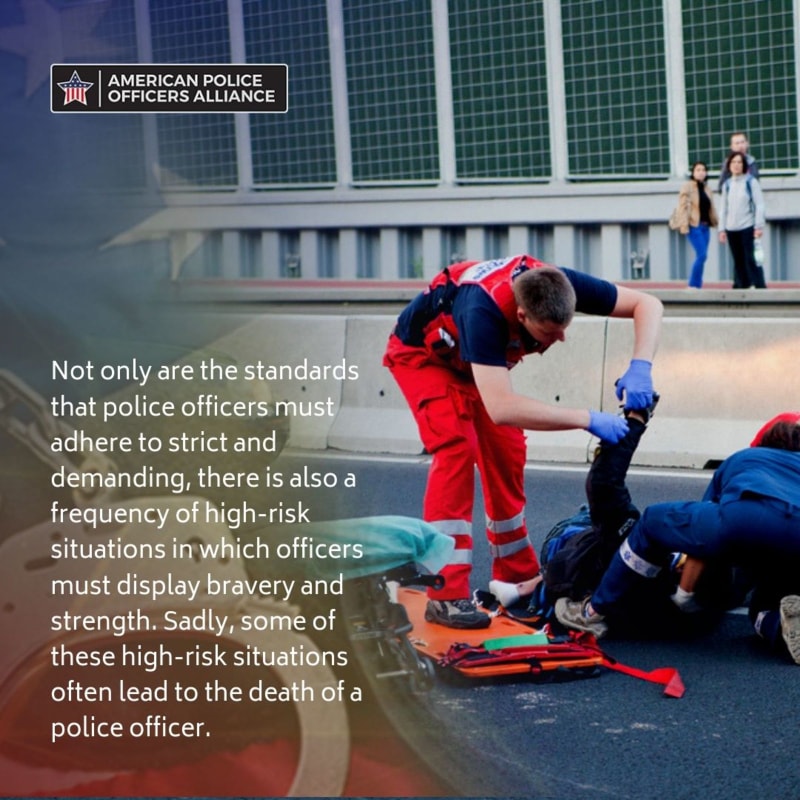An unfortunately inherent risk is undertaken when one elects to become a police officer. Not only are the standards that police officers must adhere to strict and demanding, both mentally and physically, but there is a frequency of high-risk situations in which officers must display bravery and strength.
Sadly, some of these high-risk situations often lead to the death of a police officer. While normal work-related instances account for some officer deaths throughout the years, the sad fact remains that shooting and other violent deaths occur at a much higher rate involving police officers.
Much research and data analysis has been conducted to identify trends in these statistics involving officer deaths. The fact remains the officer deaths have seen an uptick recently. In 2018, for example, 144 officers lost their lives in the line of duty. This figure marks an increase after 2017’s numbers showed a decrease, year over year.
But let’s take a deeper look at the circumstances under which these tragic deaths occured. Data available for study by Governing breaks down officer deaths according to state. The data reveals a few notable takeaways.
Officer deaths occur in higher numbers in the southeastern United States. Alabama, Mississippi, Oklahoma, Georgia, Arkansas and Louisiana were the top states accounted for, not including states with fewer than a thousand officers employed.
It should be noted that not all of these deaths were crime induced — roughly half of the fatalities were caused by traffic accidents. However, shootings were also among the highest cause of death, ranked higher than other circumstances such as work-related illnesses.
However, over a five year period, it is actually South Dakota that has seen the highest number of police officer fatalities, calculated among police officers as well as corrections officers.
Nearly all of the states ranked near the top of those with high counts of officer deaths have seen a notable increase in these fatalities over the last five years.
Many theories exist as to why fatalities among police officers and correctional officers is higher in the southern regions of the country. Some will point to a deeper rooted culture of violence in southern states. Others will call it an anomaly borne of higher amounts of prison traffic and drug deals. Yet others will identify poverty and its link to violence as a possible reason.
Regardless, it’s difficult to make the assumption that working as a police officer is more dangerous in some states than others. When factoring in population numbers, the number of traffic accidents that cause fatalities, and other causes such as heart attacks or strokes, the numbers become a bit more unclear in what part the location plays.

One possible way to help turn this statistic around and encourage a downward trend is a higher standard of police safety training. Firearms training, high-pressure situation practice, and negotiation skills may fall under the umbrella of areas of expertise that should be instinctual for officers.
Some point to lower numbers of officer fatalities in regions such as the northeast United States and attribute this statistic to higher levels of training. While this, of course, is subjective, the argument for stronger training regimens remains.
When analyzing the data associated with police officer fatalities, there is much context to take into account. It is important to analyze the trends in fatalities as they arise, so that more action may be taken to help prevent this number from climbing even further.








